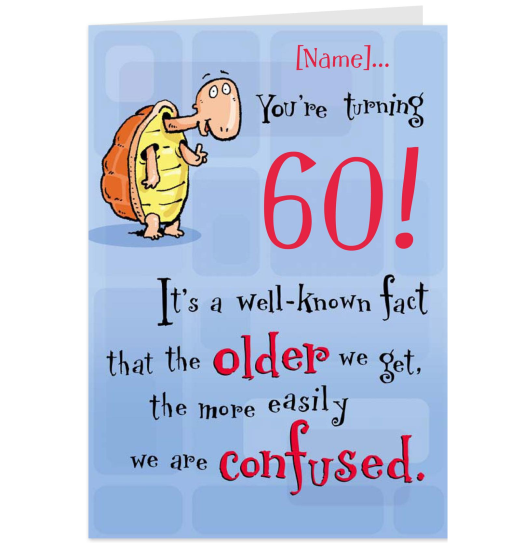Most of the time, organizations recognize the success of their social media strategy through the number of fans in their facebook pages. They explain that the more fans you have mean the more awareness have been gained from the community.
However, recent study conducted by Napkin Labs on facebook shows that only 6% of the fans would actually engage with the brands on facebook via likes, comments, or answering polls. They also suggest that having more fans also does not means having more engagement, in fact, the more fans a brand have, the lower percentage of engagement form them would happen. For example, they found out that the brands with 900,000 fans or more had 60% less engagement with 500,000 fans.
In fact, several weeks ago, I had read an article that most of companies now paying money for additional ‘unreal fans’ for a very cheap rate at $5 per some hundreds. They do that because they think more fans would help their facebook pages look more influenced and thus attract more ‘real fans’. However, we should remember that engagement/interaction but not a fake ‘reputation’ is one of the main reasons for these companies go social; and thus the measurement of effectiveness need to base on that.
Well, I believe that after this study, some companies need to change the view in their measurement method upon their social media strategies. They also considers the target when going social, because if you just want customer know about your brand, but not much interaction, you should rather going with an attractive website than. What do you guys think about that?




